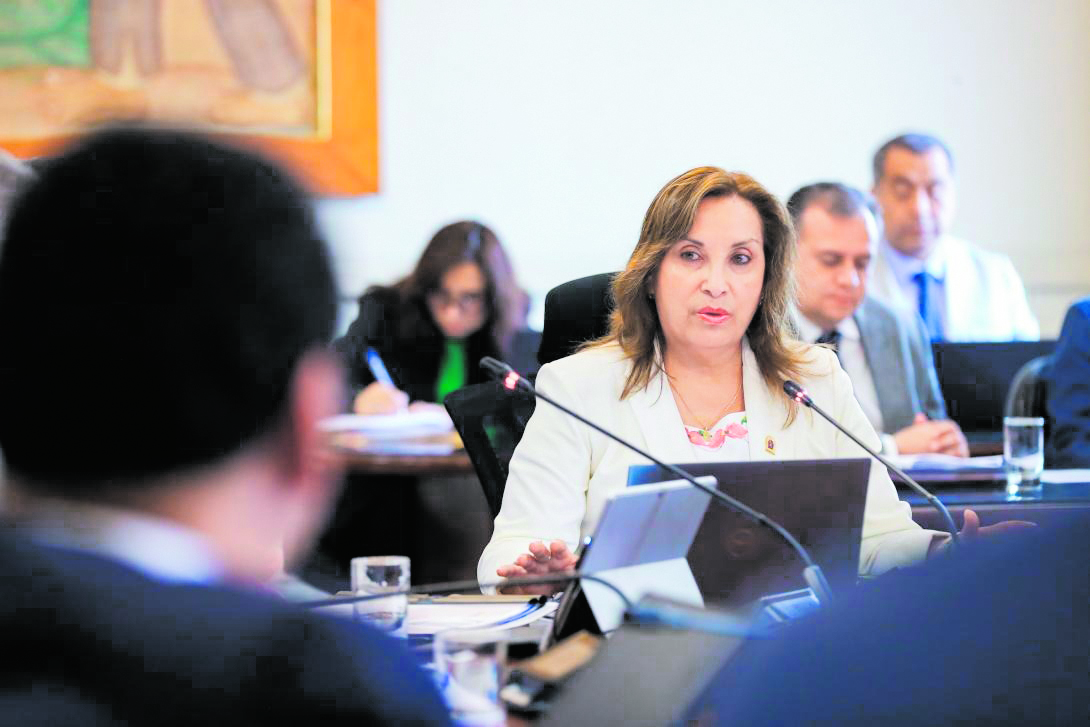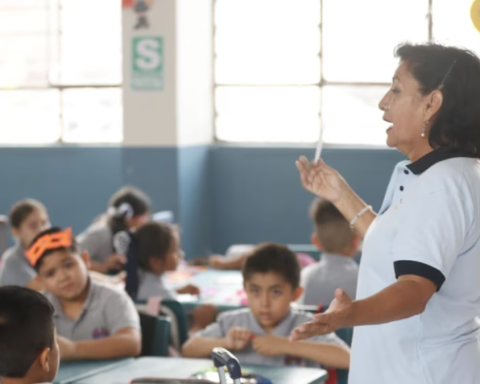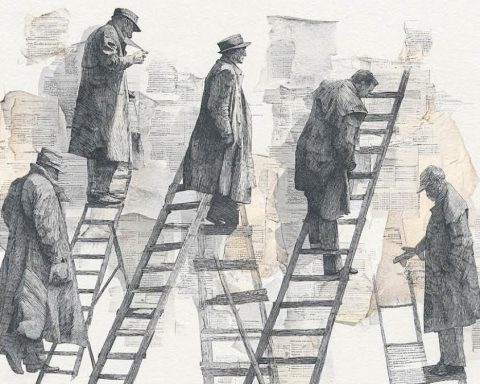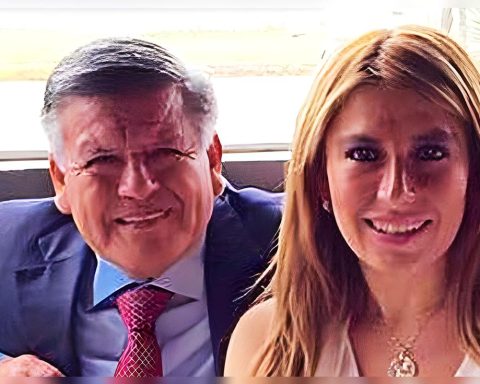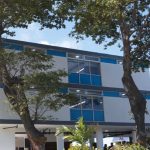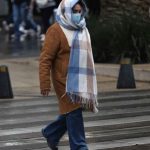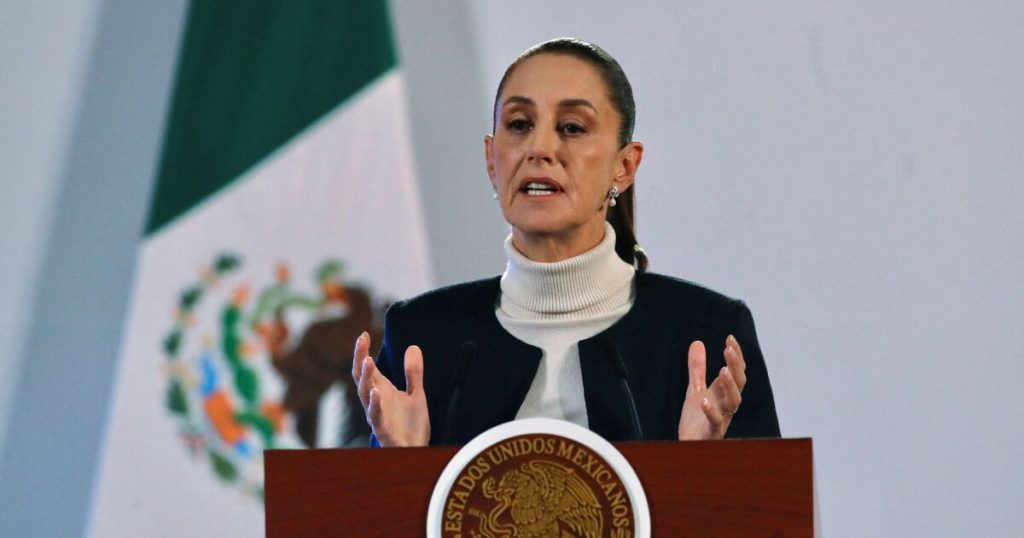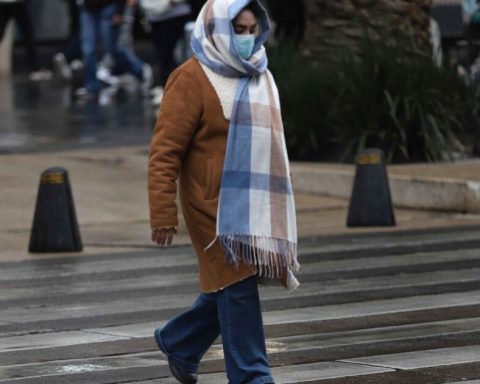“I want to highlight that, despite the global slowdown scenarios, Peru has managed to return to the growth paththrough the maintenance of solid macroeconomic policies, integration into international markets and the consolidation of policies to promote free trade and foreign investment,” said the president. Dina Boluarteduring the inauguration of the fortieth session of the Economic Commission for Latin America and the Caribbean (ECLAC).
LOOK: EsSalud: Companies owe more than S/ 5 billion for their workers’ health insurance
What the president did not mention or what her Economy Minister, José Arista, did not tell her is that, in the medium term, Peru is destined to grow at mediocre rates, because the policies that the president boasts of having undertaken are insufficient to improve the income of Peruvians, as well as to reduce poverty.
Yesterday, the World Bank predicted that the Peruvian economy would register a growth rate of 3.1% this year, but starting in 2025 it would slow down to a rate of 2.5% in both 2025 and 2026.
“The region is slowly beginning to leave behind the imbalances induced by the pandemic. That said, investment and growth are low, while progress on poverty and inequality remains uneven and meager. The region is in a state of robust mediocrity,” mentioned the World Bank.
Necessary policies
Recently, the president of the Central Reserve Bank, Julio Velarde, maintained that lowering the interest rate of the monetary policy at a greater speed will not help to boost the economy as Minister Artista pointed out, because Peru’s current production capacity using the maximum All its resources (also known as potential GDP) have a growth cap of 2.6%; Therefore, if a greater pace is sought, other policies are required.
“Solving this problem of low potential product depends on measures that the Executive has to take. These are: deregulation, simplification, providing more confidence for investment, etc.,” said Velarde.
Macroconsult partner economist Elmer Cuba agreed with Velarde. He explained that there is still room for the country’s current production level (observed GDP) to reach potential GDP. Therefore, if this government executed correct policies such as providing confidence, the observed GDP could still grow at rates of 4% for the next two years.
However, he indicated that after the observed GDP levels out with the potential, we would begin to grow at rates of 2.6% at most.
According to Cuba, the economic policy measures required to increase Peru’s potential product are: having better infrastructure in the cities to correct, for example, the traffic problem; reduce informality; improve the judicial system; provide better health services, as well as citizen security and a better quality of primary, secondary and university education.
“If the above were done, in five or ten years, the potential could grow 3.5% or 4%,” he commented.
DATA
Potential GDP has been significantly reduced in recent years, said the president of the Central Reserve Bank, Julio Velarde.
GDP growth could slow in the coming years due to the elections, Elmer Cuba said.
